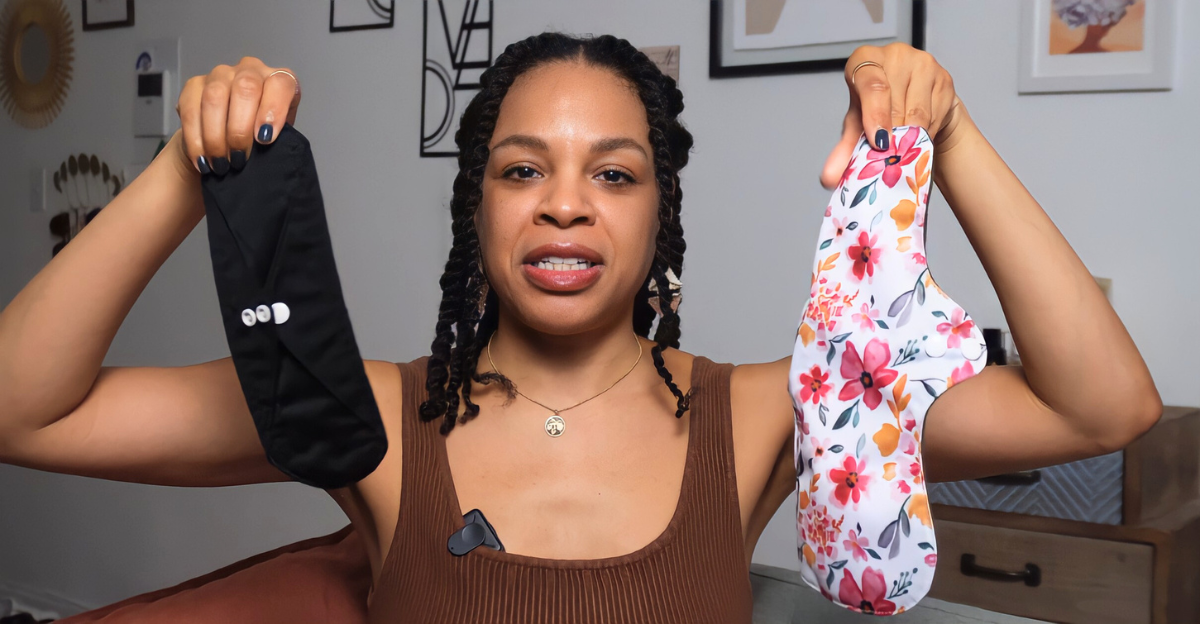
Reusable menstrual products like period underwear and pads have recently been found to contain PFAS, toxic “forever chemicals,” at levels up to nine times higher than those in disposable options.
Millions of women have chosen reusable options, believing that they’re healthier and more eco-friendly. However, this finding has raised serious concerns about unseen health risks in items worn directly against the skin, particularly by young women.
Why It’s Happening
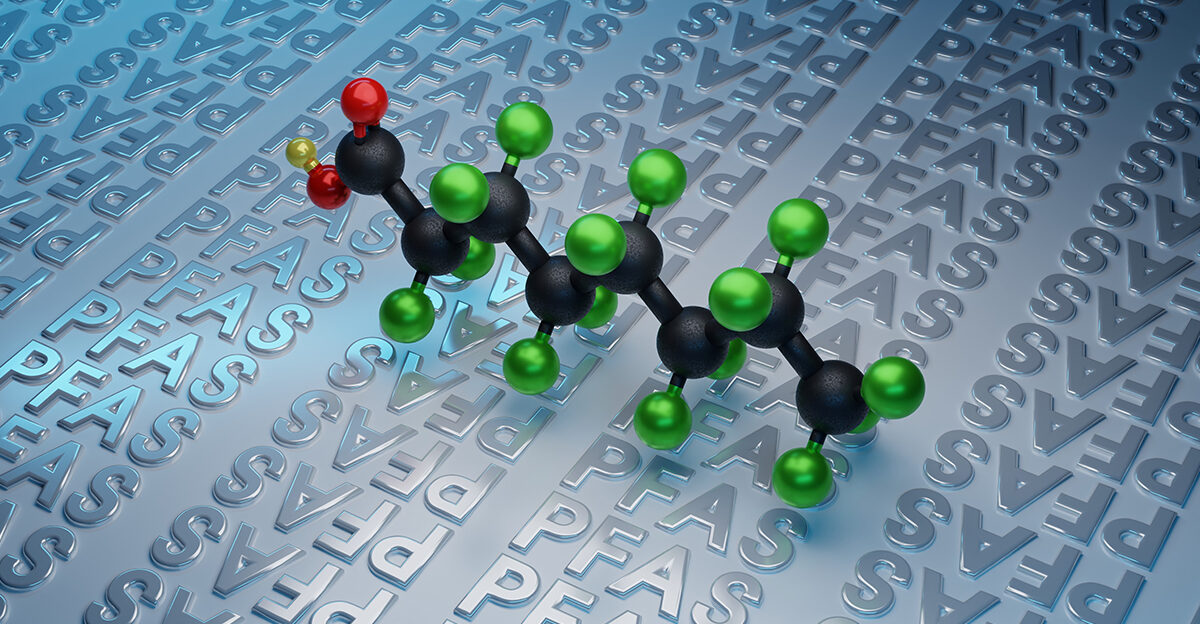
PFAS are chemicals prized for their ability to make products waterproof, stain-resistant, and leakproof. These are all traits that manufacturers often build into reusable pads and period underwear. In fact, nearly a third of tested items were found to have intentionally added PFAS to achieve these effects.
However, the same features that facilitate the liquid protection are also what keep PFAS from breaking down, causing them to accumulate in our bodies and the wider environment.
Personal Exposure Risks
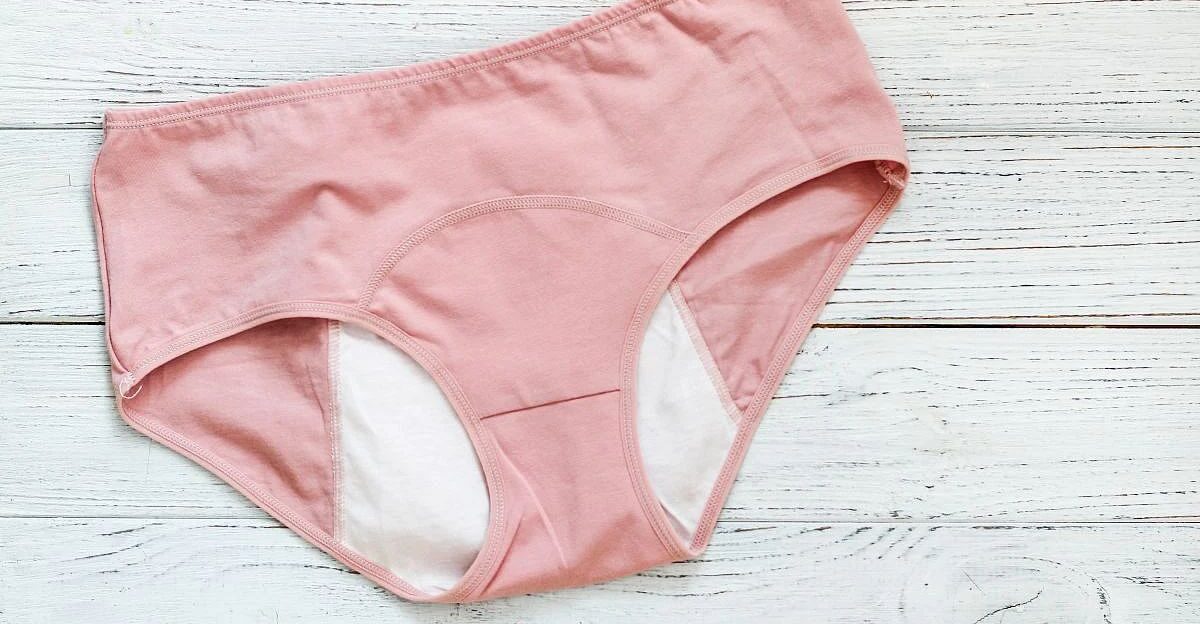
Using period underwear or reusable pads means extended skin contact in one of the body’s most absorbent areas. This can increase the chances of PFAS absorption, raising new concerns about user safety.
Young women and teenagers who are drawn to the eco-friendly branding of these items might be most at risk. Scientists are still studying the health consequences of these products, but the early warnings are deeply concerning.
Health Consequences
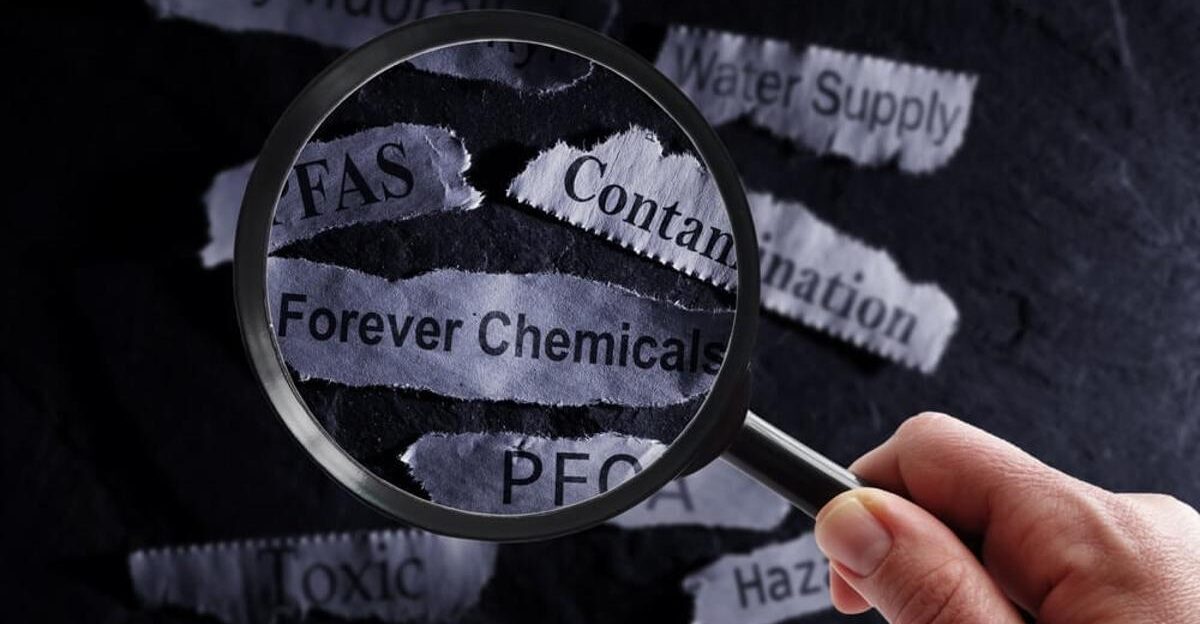
Exposure to PFAS is no joke. They are linked to cancer, hormone imbalance, reproductive issues, suppressed immune function, and slowed child development. Once these chemicals enter the human body, they persist for years, slowly building up with time.
Since menstrual products are used each month over many decades, chronic exposure can pose serious long-term health risks, far beyond what anyone expects from so-called “green” alternatives.
“Eco-Friendly” Doubts
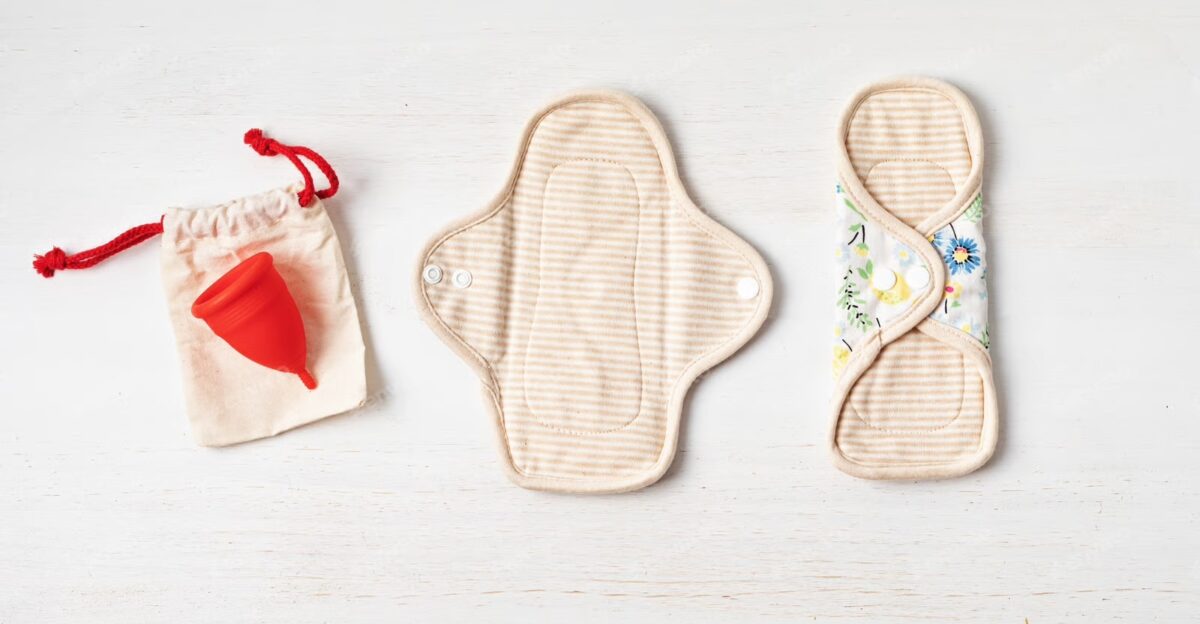
For many years now, reusable period products have been advertised as being safer, greener alternatives to conventional pads and tampons. However, recent PFAS revelations have shaken that trust, leaving many health-conscious consumers feeling misled.
Although some PFAS-free options exist, comprehensive contamination remains an issue across multiple brands. As awareness grows, the market is changing and causing many user to wonder whether “eco-friendly” truly means “safer.”
Legal and Policy Moves

California has taken the lead by passing a new law banning intentionally added PFAS in all menstrual products, effective in 2025. This move is now inspiring other states, countries, and the EU to explore similar bans and push for greater transparency around product ingredients.
As regulations tighten, manufacturers could be forced to change how these products are made, potentially setting stricter safety standards for all personal care items in the years to come.
Corporate Responses
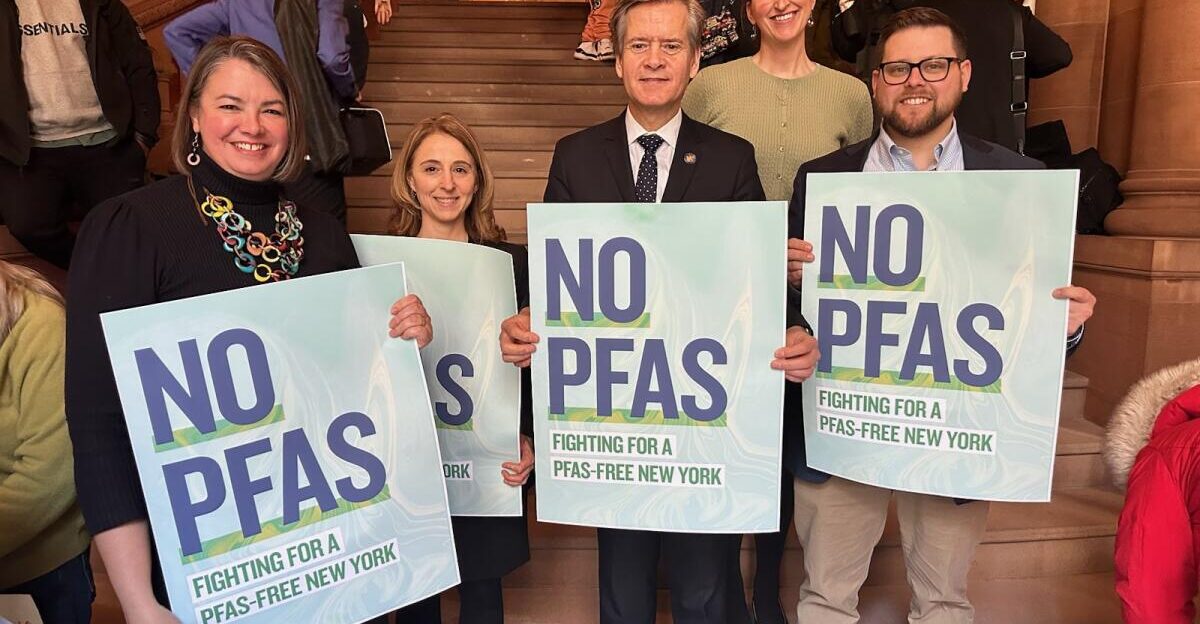
Now that consumer trust has been shaken, many period product companies are facing mounting pressures. Some are rushing to reformulate their products, develop PFAS-free lines, and seek independent lab certifications.
A few of these companies have faced lawsuits and viral backlash for advertising safety while actually using farmful ingredients. The business landscape is changing fast, as transparency and chemical safety become top priorities for brands to survive.
Industry-Wide Testing
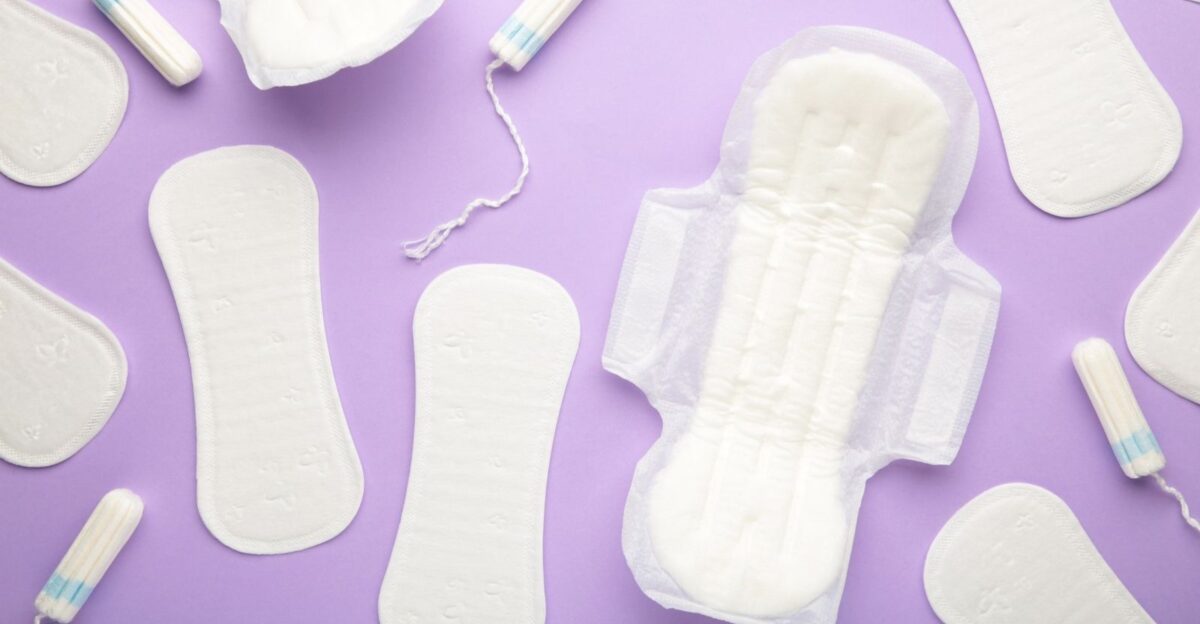
The increased attention on period products has led to a surge in independent testing, with advocacy groups and labs regularly analyzing tampons, pads, liners, and period underwear for PFAS.
Demands for full ingredient transparency and safer design standards are growing louder across the industry. Under this heightened scrutiny, manufacturers are being pushed to reevaluate their materials and provide hard proof of safety to regain consumer confidence.
Not Just Reusables
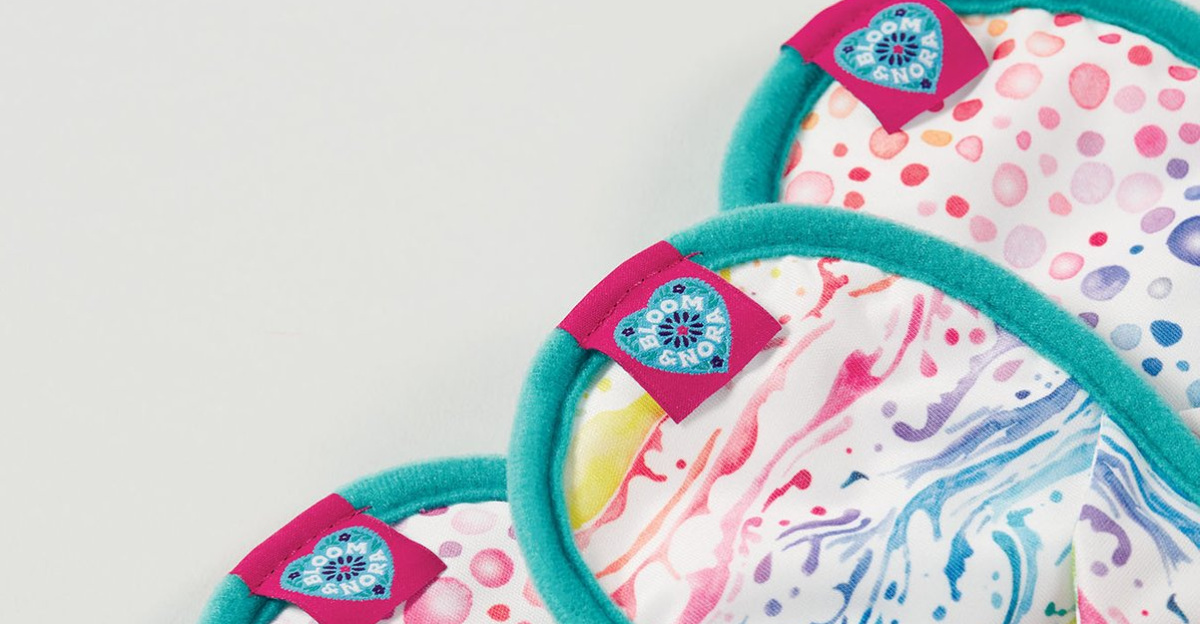
While the highest of PFAS concentrations are found in reusable products, disposable pads, liners, and even tampon wrappers also contain detectable PFAS, but at lower levels.
This problem runs deep: these chemicals are widespread in packaging and textiles across the market, making it hard for people who prefer to stay chemical-free to steer clear of them. The issue is clearly not confined to just one type of product.
Environmental Fallout
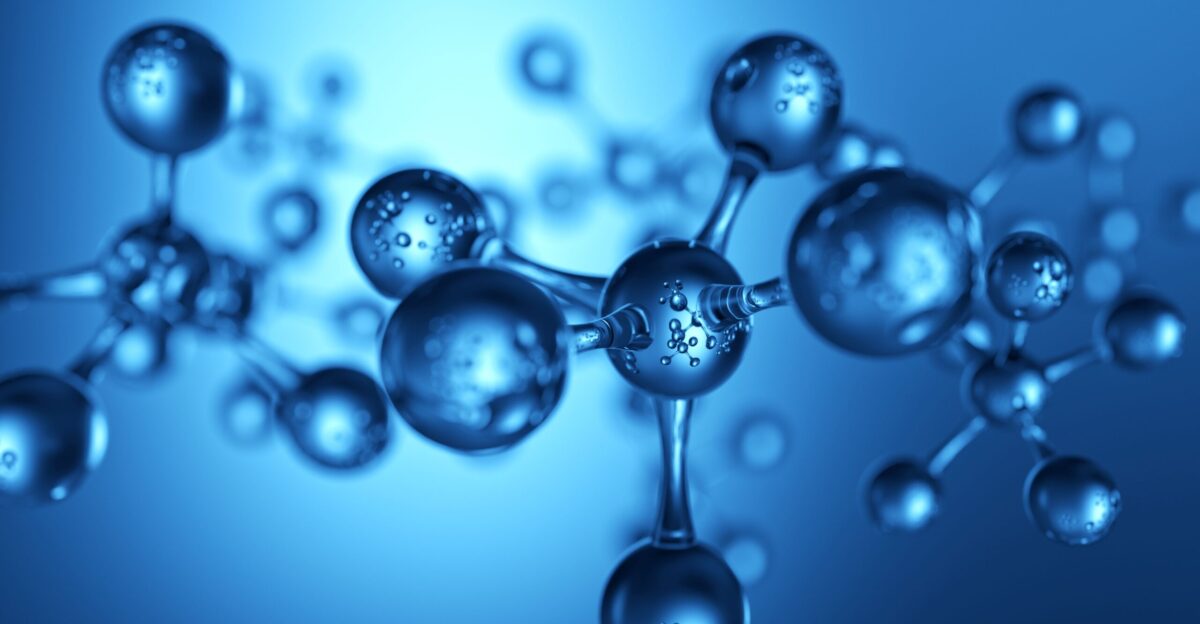
These chemicals do not vanish once menstrual products are washed or discarded. They are “forever chemicals” that leach into wastewater, contaminate landfills, and find their way into irrigation and eventually drinking water.
Once they are in the environment, they persist indefinitely, building up in plants, animals, and even the food chain. This means that they affect communities far beyond product users and pose global environmental risks.
Global Impact

Testing has found PFAS contamination in reusable period products sold throughout North and South America as well as Europe, turning what began as a personal health concern into a global supply chain and regulatory issue.
Differing standards and enforcement mean that people in different countries face varied risks, complicating oversight and making it a truly international challenge for regulators, companies, and consumers.
Alternative Search and Barriers

Many brands have admitted that it is very hard to eliminate PFAS. Alternatives are often more expensive, harder to source, and might not offer the same leak protection.
Despite these setbacks, regulatory and consumer pressure are rising, forcing the industry to innovate. Some smaller brands have already managed to switch, showing that it is possible, though the big shift could require investment and new manufacturing methods.
Medical Community Alarm

Doctors and toxicologists are raising serious concerns about PFAS exposure through prolonged contact with sensitive, intimate areas. Adolescents, often early adopters of reusables, might face greater risks.
Experts have warned users that science hasn’t caught up yet, and dermal exposure studies are urgently needed to understand the true risks of these products. Until then, caution is advised, especially for people with developing bodies.
What You Can Do

So what can you do now? Start by avoiding menstrual products labeled as water- or stain-resistant or made with “technical fabrics,” as these may contain PFAS. Instead, look for brands that advertise independently verified PFAS-free options and push manufacturers to be transparent by demanding full ingredient lists.
Basic, organic cotton pads without chemical coatings are often a safer choice. Stay updated about upcoming regulatory changes, and be cautious of greenwashing claims until stronger laws and oversight are firmly in place.
Forever Chemicals
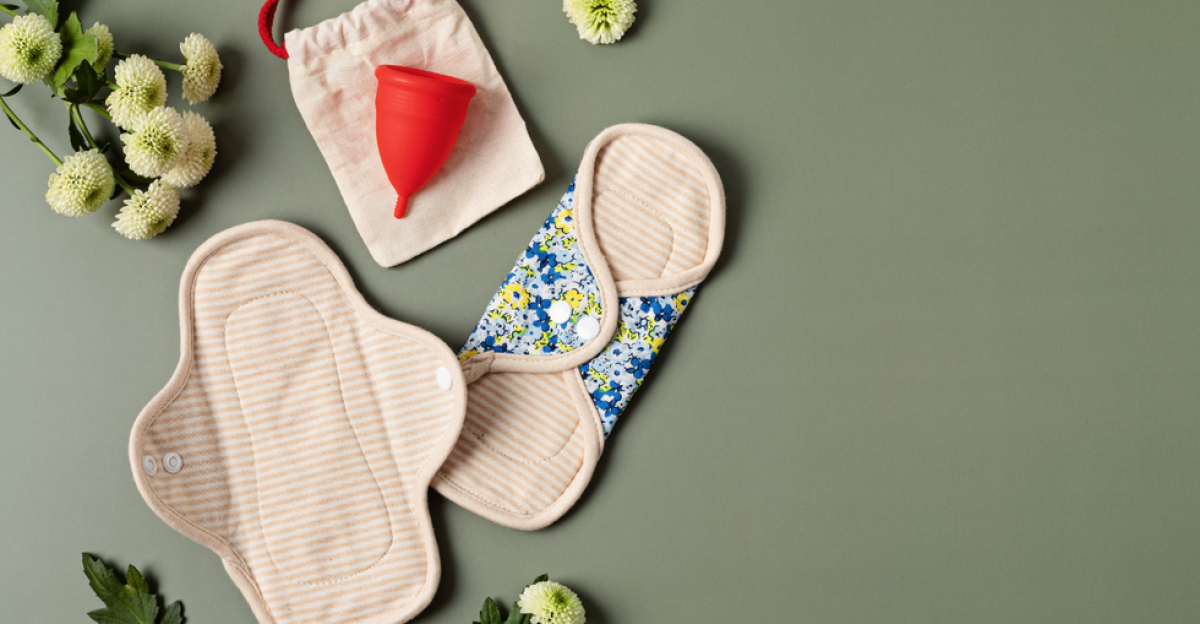
A shift toward eco-friendly menstrual products, made with good intentions, has unintentionally exposed millions of people to harmful “forever chemicals,” with far-reaching consequences on health, the industry, and the environment.
The PFAS crisis is forcing new scrutiny, innovation, and regulation. As more information comes to light, consumers, brands, and policymakers are being forced to rethink what qualifies as “safe” and “sustainable” in the world of period products.